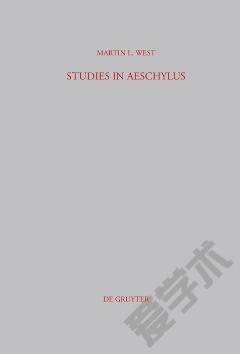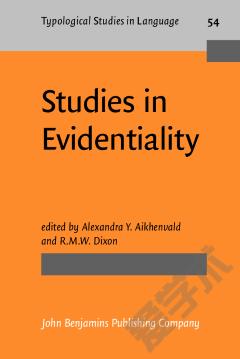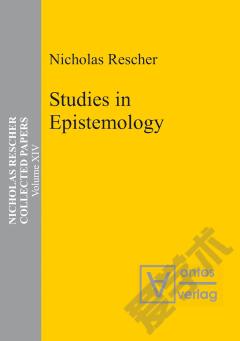Studies in Anaphora.
The last 15 years has seen an explosion of research on the topic of anaphora. Studies of anaphora have been important to our understanding of cognitive processes, the relationships between social interaction and grammar, and of directionality in diachronic change. The contributions to this volume represent the “next generation” of studies in anaphora — defined broadly as those morpho-syntactic forms available to speakers for formulating reference — taking as their starting point the foundation of research done in the 1980s. These studies examine in detail, and with a richness of methods and theories, what patterns of anaphoric usage can reveal to us about cognition, social interaction, and language change.
{{comment.content}}








 京公网安备 11010802027623号
京公网安备 11010802027623号